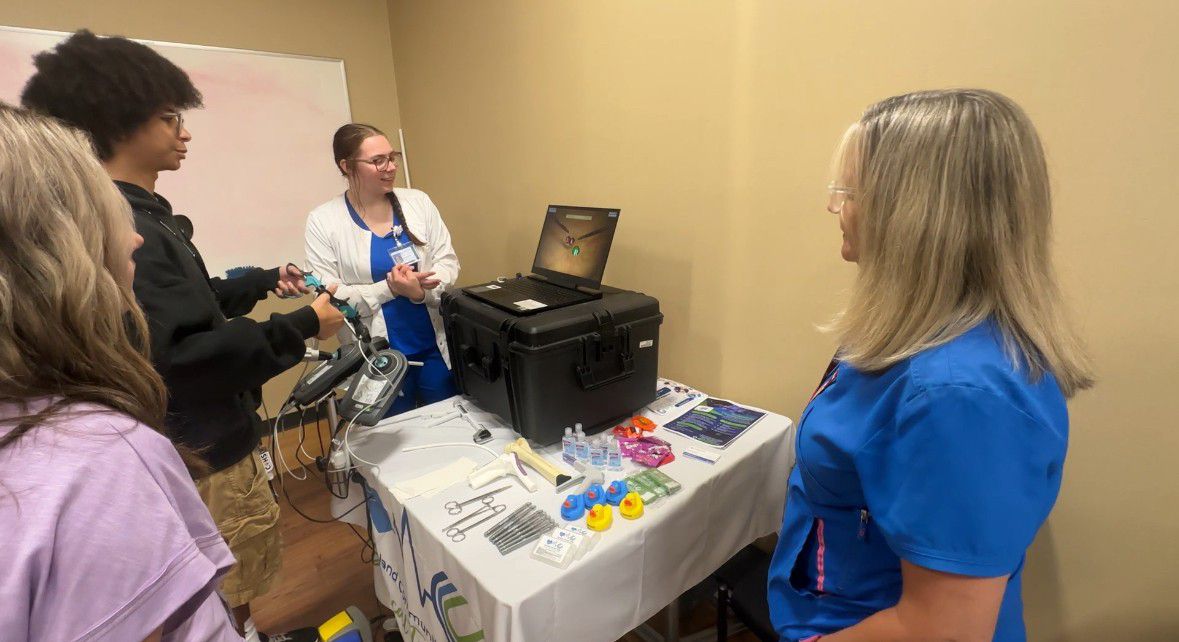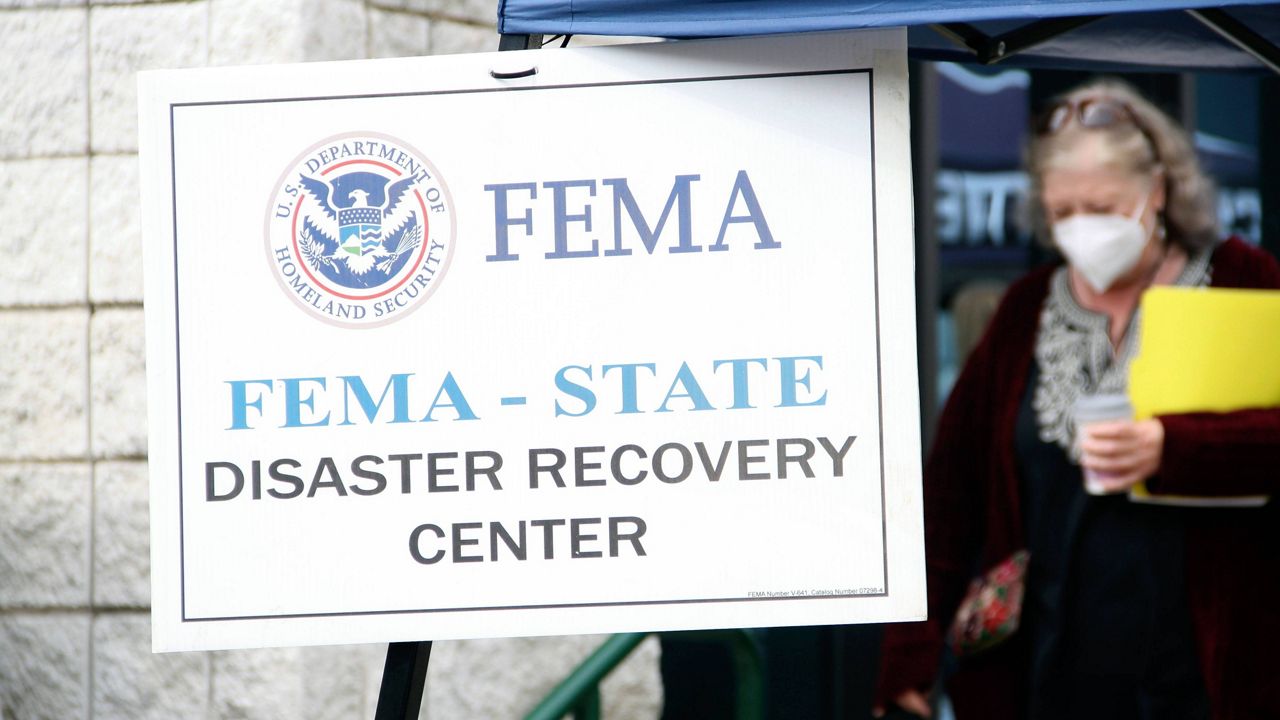Heat is one of the deadliest forms of weather.
Nearly 1,200 people die from heat every year, according to the National Oceanic and Atmospheric Administration. And with climate change heat waves are not only becoming more frequent but stronger. On Monday the federal government released a tool to alert Americans when they should take precautions.
The NOAA and the Centers for Disease Control and Prevention launched a nationwide experimental heat tool called HeatRisk.
The tool uses a number and color-coded scale ranging from green to magenta, laying out how much risk the heat poses. It’s different from a heat advisory or heat warning from the National Weather Service because it combines meteorological information with historical context to create a seven-day, risk-based forecast.
“This is the first time we’ve been able to combine that with how many times people might call 911 for heat or how many emergency rooms are filled with patients that are influenced by the heat,” National Weather Service Director Ken Graham said.
The hope is the alerts will eventually become easily accessible and could be used to help determine when cooling centers need to open and to when it’s dangerous for employers to send workers outside.
"Heat is causing more fatalities than any other weather parameter, more than tornadoes, hurricanes and floods,” Graham said. “You have to be prepared for these big temperatures.”
The new HeatRisk tool is an experimental product, and the National Weather Service is taking feedback on the tool during the experimentation stage.
Dr. Jessica Henderson-Boyd is the CEO of Unity Health Care in Washington, D.C. The organization cares for thousands of unsheltered people. She said the tool will be key for warning her patients ahead of time.
“I think it’s really critical that you pair what the heat risk is with the health burden, because it makes it tangible, because it’s not just that it’s really hot, but it’s really hot, and it could affect your health,” Henderson-Boyd said.
Severe heat that’s set to become more common and more extreme.





)


